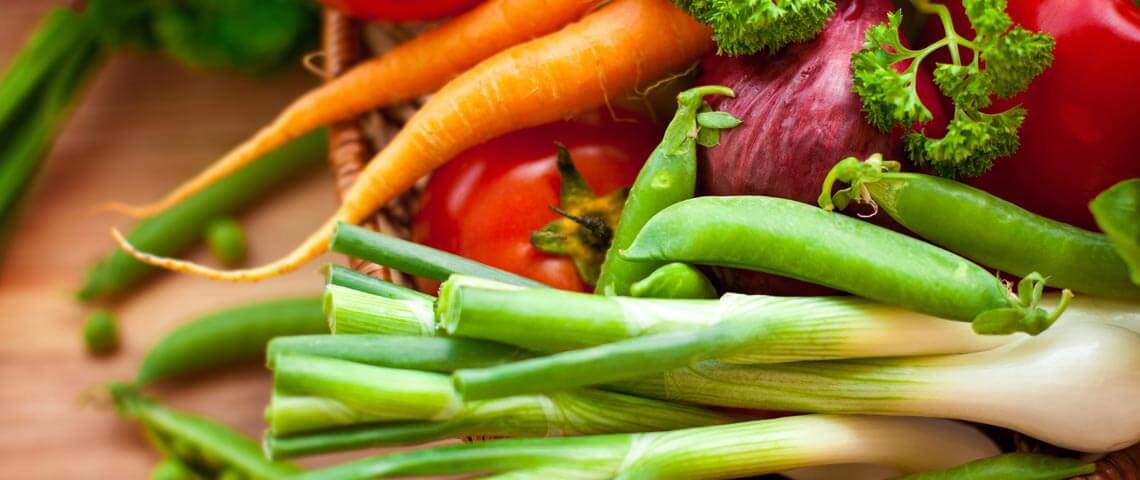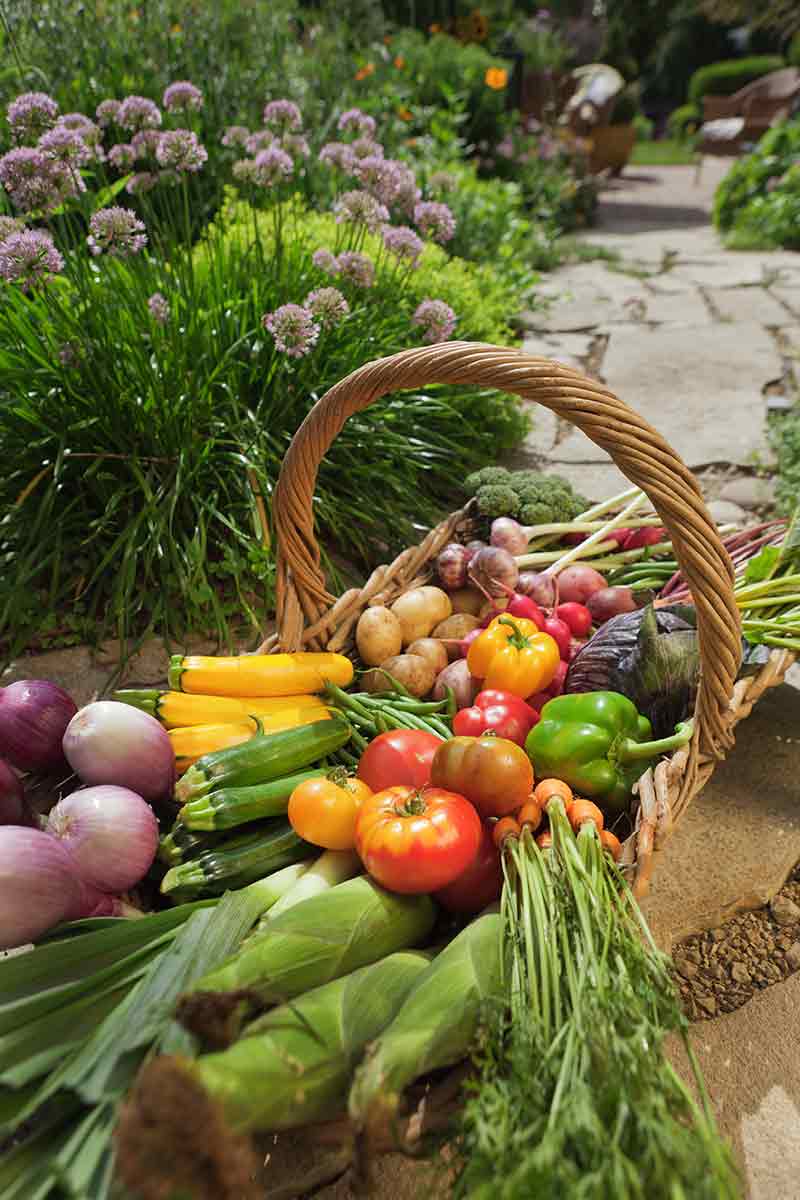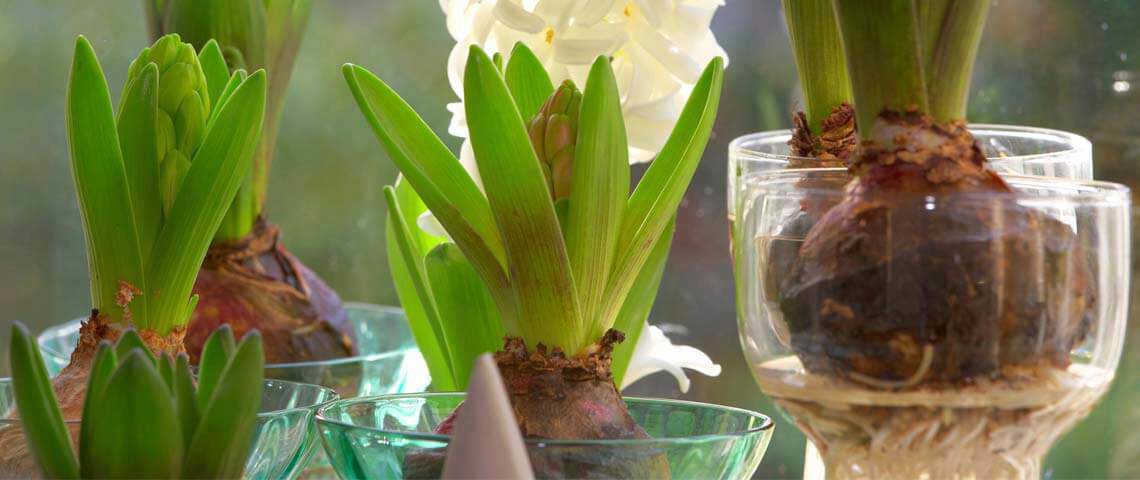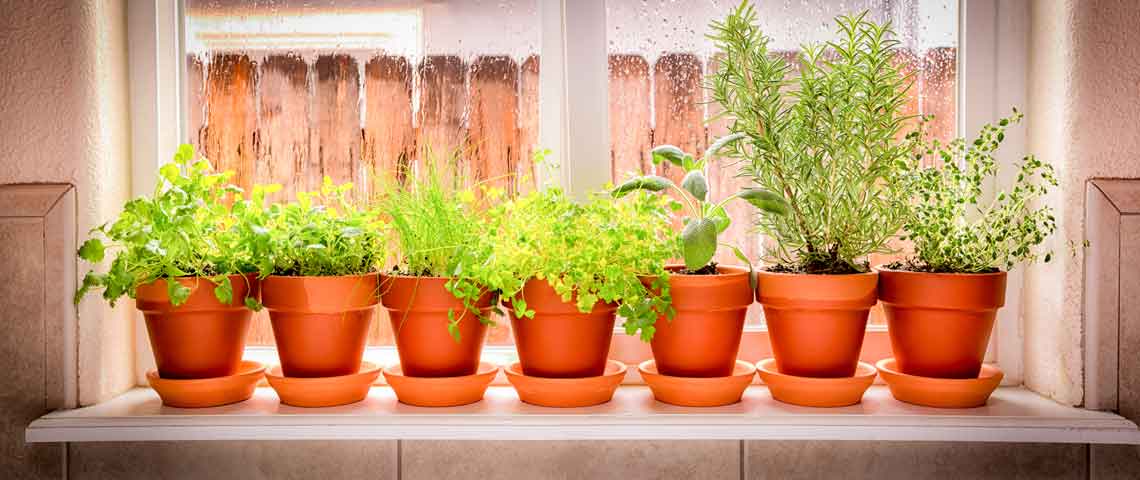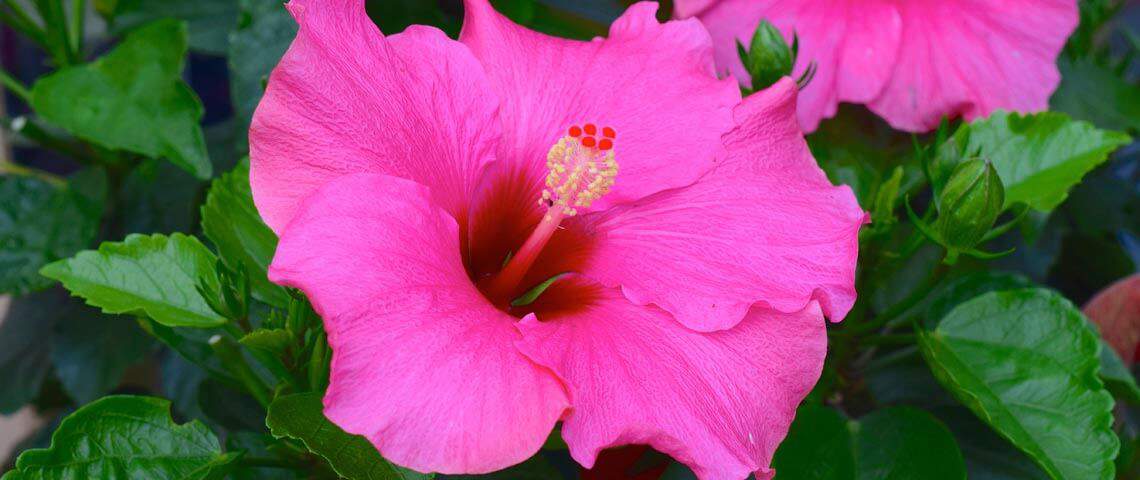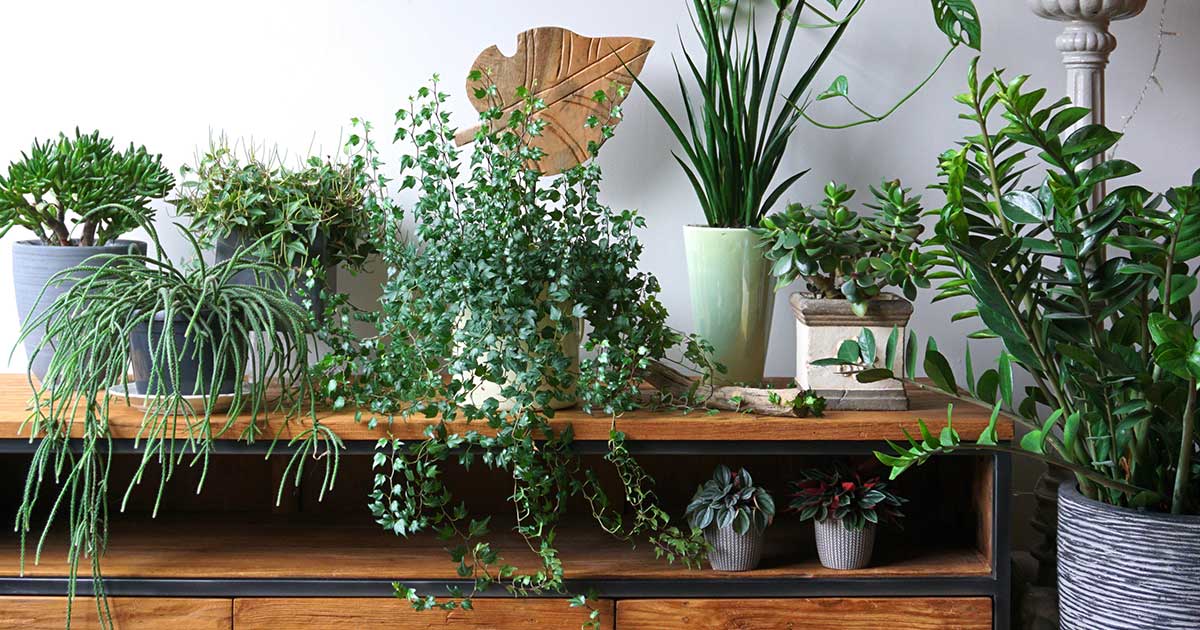How to Plant, Fertilize and Harvest Garden Vegetables
Whether vegetables weave through landscapes or grow in dedicated gardens or containers, the principles behind bountiful harvests stay the same. Outstanding vegetables depend on ideal soil, a solid nutritional foundation and season-long feeding matched to changing needs. Tending properly to your vegetables pays off in taste, beauty and abundance.
Location
Your garden's location influences how well vegetables use nutrients. Common vegetables need at least six to eight hours of sun daily to reach their full potential. Sunshine goes hand in hand with maximizing naturally-occurring soil nutrients and those added through fertilizers. Shadows from buildings, large trees and seasonal shade patterns all affect your garden's nutrition.
Soil
Soil testing is an integral part of feeding vegetables well. Most vegetable roots reach 6 to 8 inches deep, so take soil samples at that depth, and retest soil every two to three years. Testing confirms soil pH and estimates the availability of nutrients. Some essential plant nutrients, including those that fertilizers add, become tied up as pH moves away from neutral. Most vegetables prefer a slightly acidic to neutral pH range of 6.0 to 7.0. With soil pH outside this range, vegetable plants have difficulty absorbing nutrients — even when those nutrients are plentiful. So, test regularly to make the most of your fertilizing.
Accessibility
When space allows, keep vegetable gardens far from trees and shrubs. The extensive roots of trees and shrubs complicate cultivation and compete with vegetables for water and nutrients. Keeping your vegetable garden close to your house will make watering easier and simplify last-minute garden-inspired meals. Closeness also discourages wildlife from helping themselves to your crop.
Create an Ideal Foundation
Vegetables prefer loose, moist, well-drained soil with generous amounts of organic matter. Soil amendments and pH adjustments create a necessary foundation. All vegetable gardens benefit from compost and earthworm castings to increase organic matter and the activity of naturally-occurring beneficial microorganisms in the soil. A 4-inch layer of compost paired with earthworm castings prior to planting provides vegetables with an ideal base. If you garden in alkaline soil where pH exceeds 7.0, use pre-moistened peat moss instead of compost to re-balance soil pH. Work this combination in 6 to 8 inches deep, along with other amendments your soil test recommends, before you plant.
Base other changes on your soil test results and recommendations. Products vary significantly in how they affect soil's pH and other characteristics. Pennington Fast Acting Lime restores overly-acidic soil (with pH lower than 6.0) to neutral pH levels, and provides vegetables with calcium. Lilly Miller Garden Gypsum adds calcium, increases water penetration and improves soil structure, but leaves pH unchanged. Calcium deficiency in the plant tissue can be due to a calcium shortage in the soil or to improper soil pH, which prevents plants from absorbing calcium that's present. Calcium deficiencies can cause blossom end rot disease in tomatoes, melons, peppers and eggplants. Strawberry patches rely on calcium for plump, juicy berries.
A complete, balanced plant food starts the season right and helps vegetables resist pests, disease and other stresses. Lilly Miller All Purpose Planting & Growing Food 10-10-10 blends natural ingredients, traditional plant foods and extra micronutrients to support strong starts and extended feeding. Work the product into soil, along with your soil amendments, to feed vegetables up to six weeks.
Wait until spring soil is dry enough to work before you amend. Working wet soil compacts and damages its structure, which deprives vegetables of nutrients. Good aeration allows water, nutrients and oxygen to move freely. Test soil by squeezing a handful. If a sticky ball forms, let soil dry a few more days. If soil crumbles away when you open your fist, it's ready.
Plan Your Planting
Plan planting to maximize space and minimize labor. For example, sowing lettuce seeds every 10 to 14 days provides successive harvests through spring. Fast-growing radish seeds dotted among slower-growing carrots mark carrot rows and help with thinning. Radishes are harvest-ready right as carrots need growing room. When lettuce and other cool-season crops take a summer break, fill their space with heat-loving vegetables, such as tomatoes and peppers. Also, consider planting a few extra veggies for friends, neighbors or your local food bank.
Plan to arrange your garden so plants with similar feeding and watering preferences are grouped together. Concentrate water-wise herbs in drier areas, and reserve tall vegetable plants for the northernmost edge, so shorter plants don't get shaded. Keep everything within easy reach of walkways to simplify feeding and maintenance.
Dig-In Come Spring
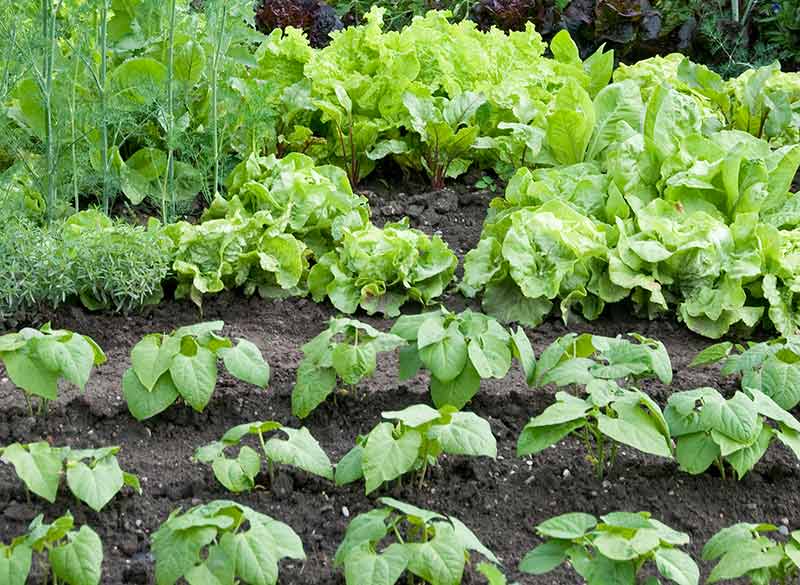
With soil prepared, it's planting time; but not everything goes in right away. Cool-season crops do well with cool soil and air temperatures. Plants such as lettuce and kale get seeded first. Other seeds, such as peas and sweet corn, need warmer soil before being planted. If forsythia grows near you, its yellow blooms signal that time has come. (Incidentally, that's when crabgrass germinates, so get your lawn pre-emergent down, too.)
In many northern areas, the growing season (the time between the last spring frost and the first fall frost) is shorter, calling for young transplants instead of seeds. Cole crops, named for the Latin word for stalk, do well in cool, early soil. Closely related vegetables include cabbage, Brussels sprouts and cauliflower. For tropical crops, including eggplants, chili peppers and tomatoes, wait until the threat of frost passes and soil and air temperatures warm. Plant-starting solutions minimize transplant shock and give young vegetables a well-fed advantage. Pennington Plant Starter provides transplants with valuable micronutrients during this time.
KEEP VEGETABLES NOURISHED
Vegetables need different nutrients as the growing season progresses. For example, cold, wet soil inhibits tender, young roots from absorbing necessary nutrients. A fish-based foliar fertilizer bypasses sluggish roots and delivers nutrients straight to leaves. Alaska Fish Fertilizer 5-1-1 provides these benefits in a spray formula that's gentle enough for seedlings.
Specialty fertilizers target vegetable productivity. A blend of fast-acting nutrients and slow-release ingredients fuels fast starts and sustained growth. Pennington Rejuvenate Plant Food Tomato & Vegetable 4-5-4 provides a blend of natural and organic ingredients along with essential nutrients to revitalize your soil and nourish veggies from the inside out. Alaska Fish Fertilizer 5-1-1, listed by the Organic Materials Review Institute (OMRI), promotes vegetable vigor and strength throughout the growing season.
Root vegetables, such as carrots and beets, have different fertilizer application rates than above-ground crops, such as beans and squash. Strawberries and other berry crops have different rates, too, so always follow product plant-specific instructions when feeding. More isn't better in a well-fed garden. Too much of a good thing can cause small, flavorless vegetables and wasted nutrients.
PROTECT AGAINST PESTS AND DISEASES
Vegetables are prone to insects and diseases, such as mites, powdery mildew, and leaf spot. Visible signs of damage can be white, fluffy leaves, webs, or yellow and brown spots on leaves. Sevin Sulfur Dust starts killing immediately upon contact, and will not harm vegetables. People and pets may enter the area once dust has settled. Apply a light dusting frequently to keep your garden veggies healthy and free from insect and disease damage.
HELP YOUR HARVEST ALONG
Consistent, even moisture and proper maintenance help well-fed vegetables speed to harvest. Most vegetables need at least 1 inch of water per week, including precipitation, to stay hydrated and absorb needed nutrients. Test your soil by hand, and supplement rainfall as needed. When soil dries out 1 to 2 inches down, vegetable plants need water. To help reduce disease, water early in the day so leaves dry well before evening. Apply foliar fertilizers early in the day too, before pores on leaves close in midday heat.
Regular weeding is essential to well-fed vegetables. Every weed or wayward grass blade lives on water and nutrients intended for your crops. With healthy, well-prepared soil, weeds pull out easily by hand or hoe when handled promptly, before they take hold. A 1- to 2-inch layer of mulch helps retain soil moisture and discourage weeds.
Growing outstanding vegetables is simple when vegetable gardens are started right. Well-fed vegetable gardens stay nourished and lead to beautiful vegetables and well-fed gardeners who enjoy the bounty proper feeding brings.
Always apply products according to label instructions.
Pennington is a registered trademark of Pennington Seed, Inc. Alaska and Lilly Miller are registered trademarks of Central Garden & Pet Company.
Fast Acting is a tradmark of EnCap, LLC.
GardenTech is a registered trademark of Gulfstream Home and Garden, Inc..
Sevin is a registered trademark of Tessenderlo Kerley, Inc.

